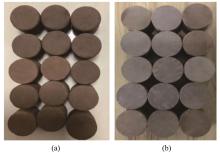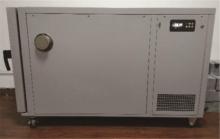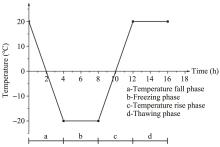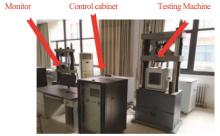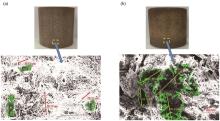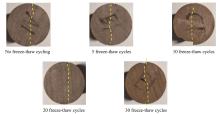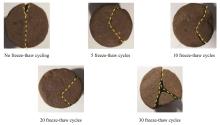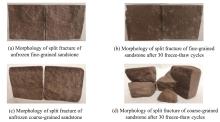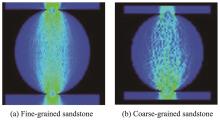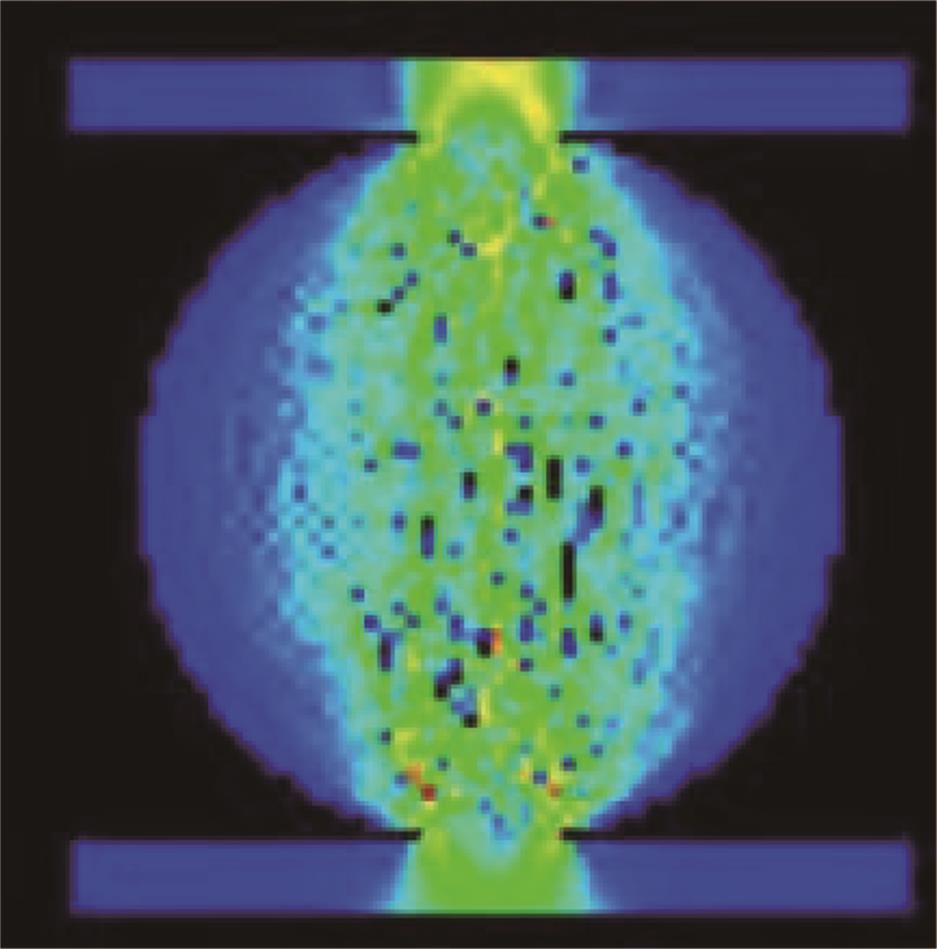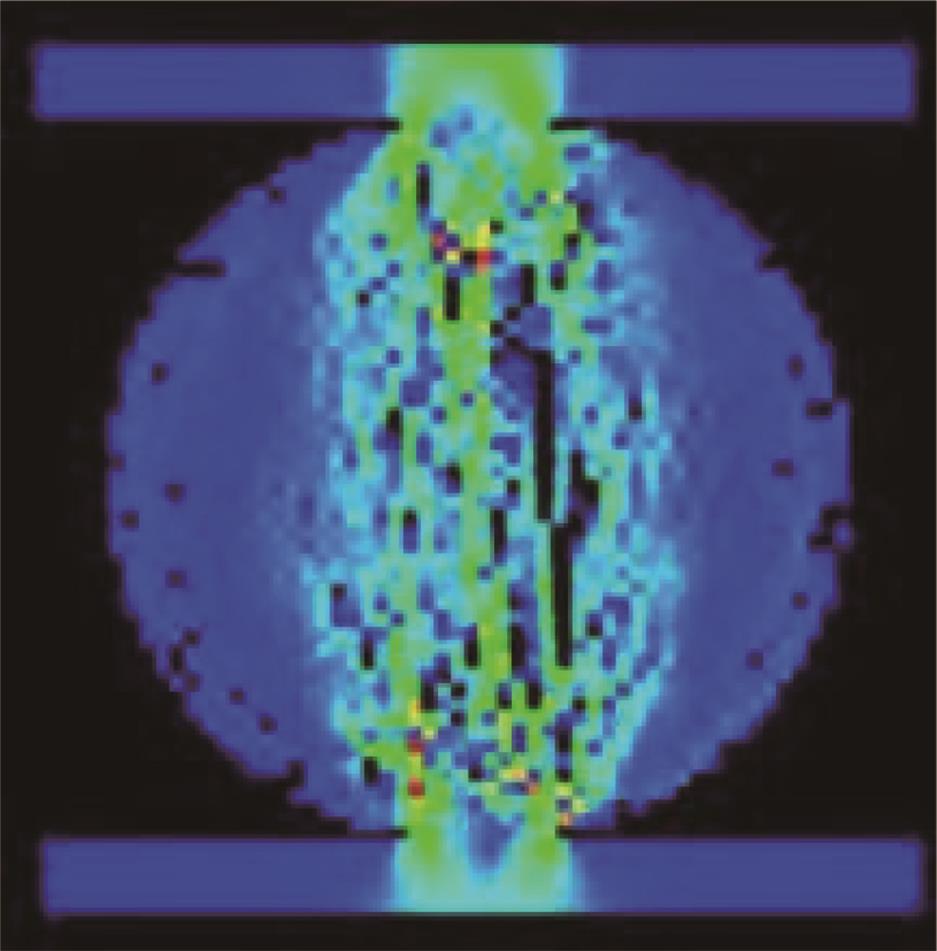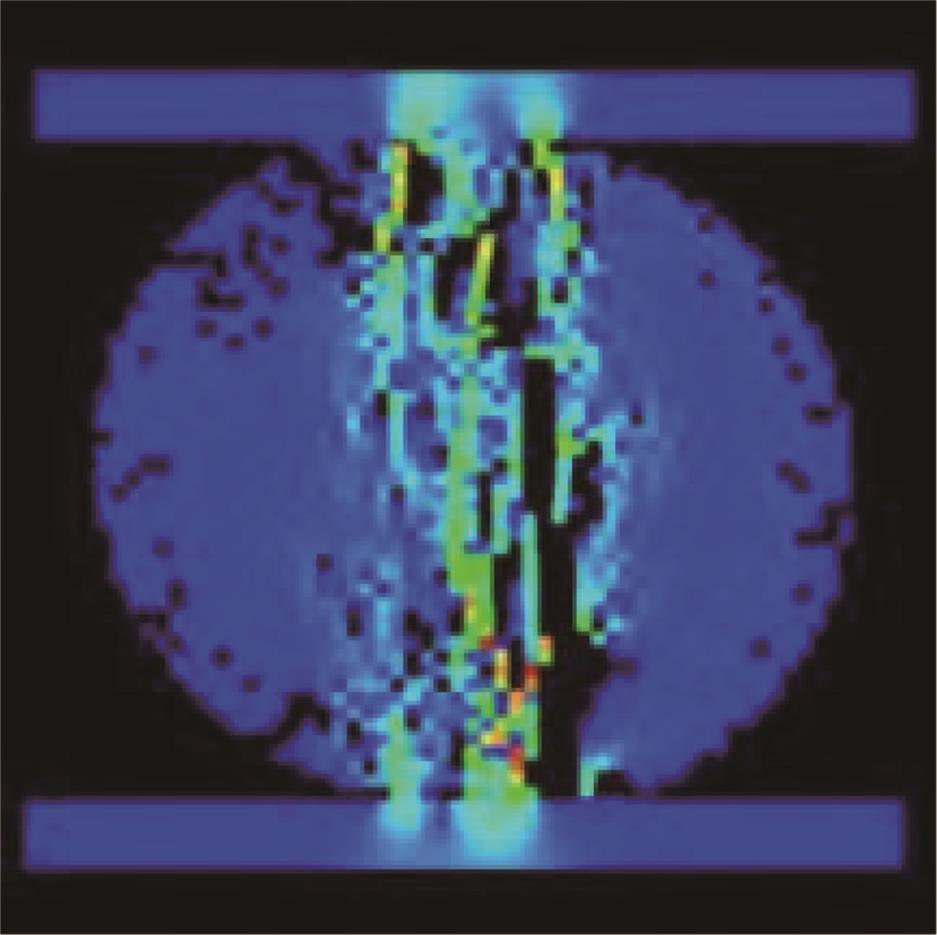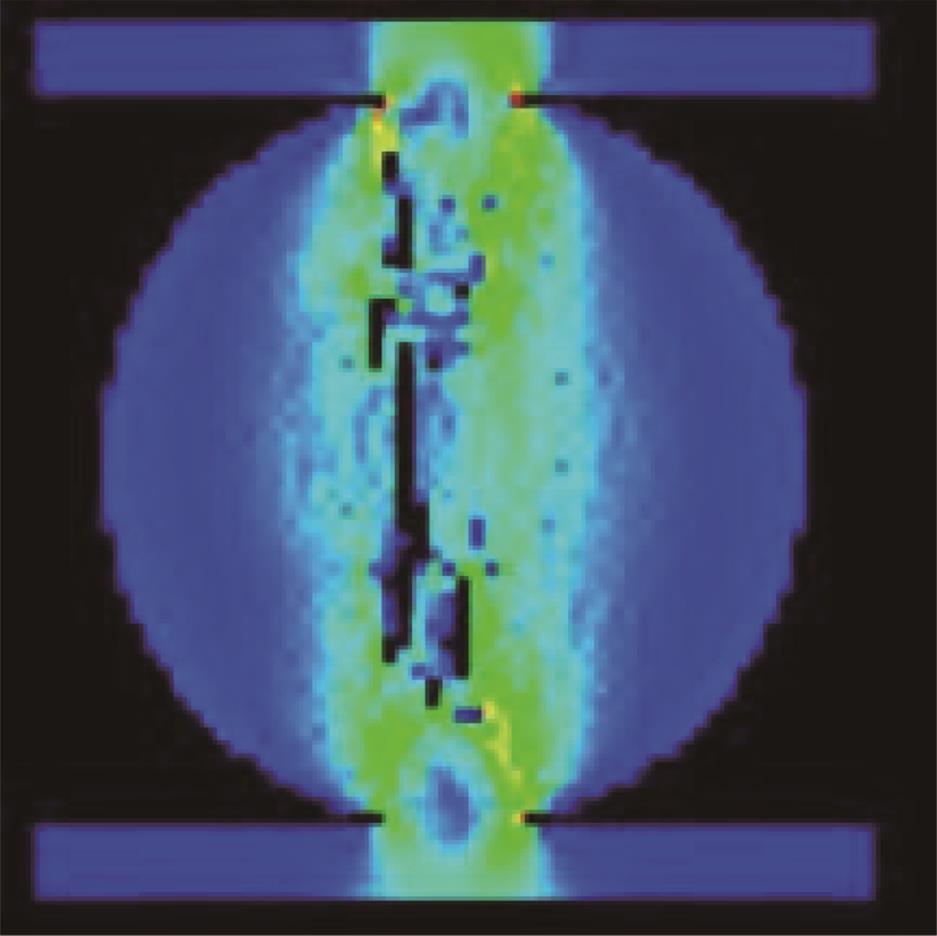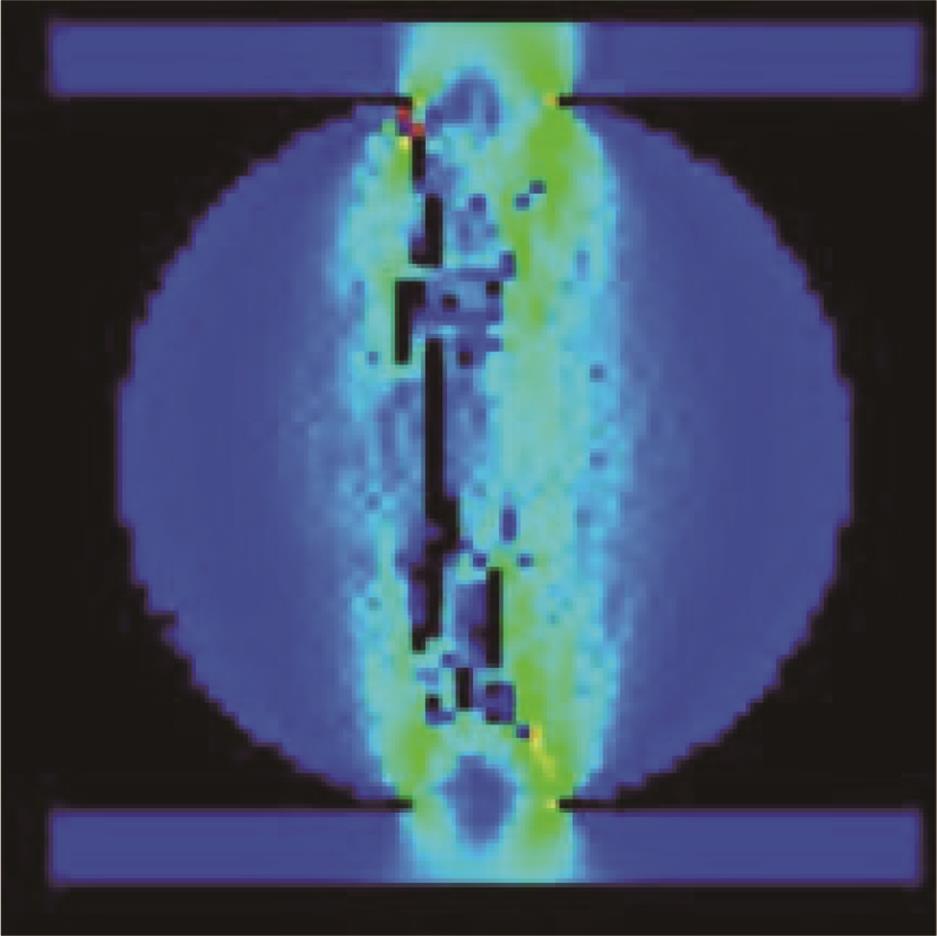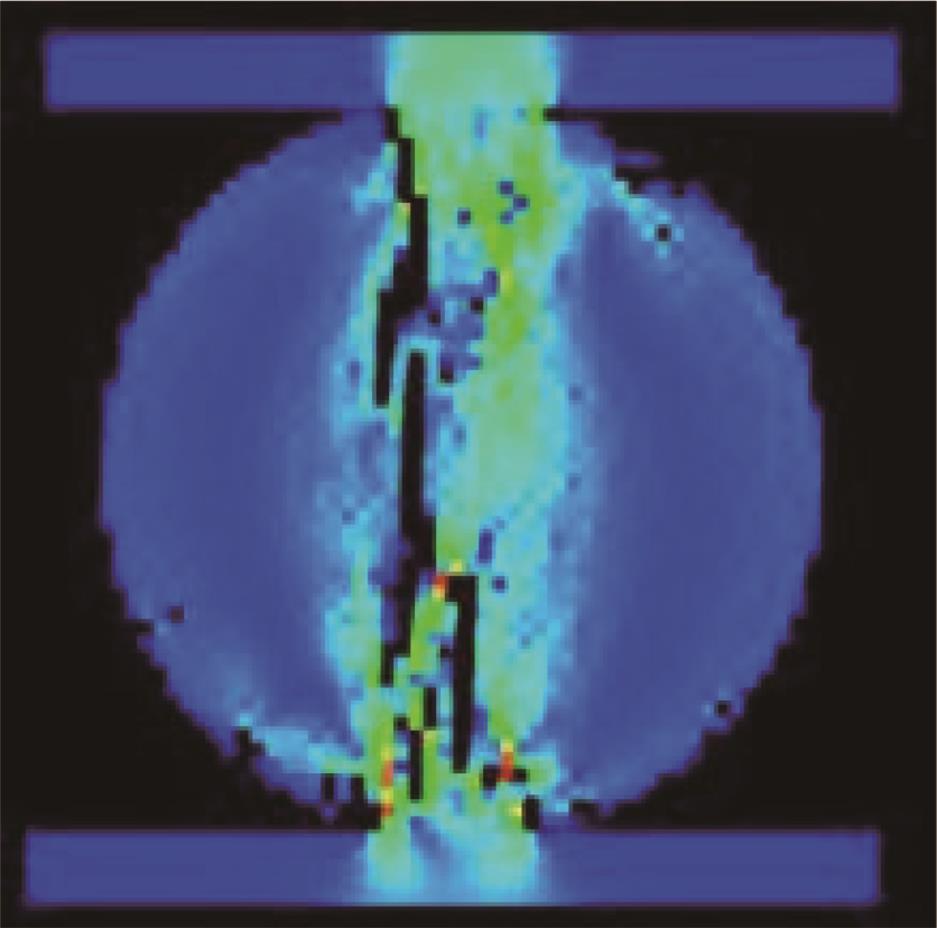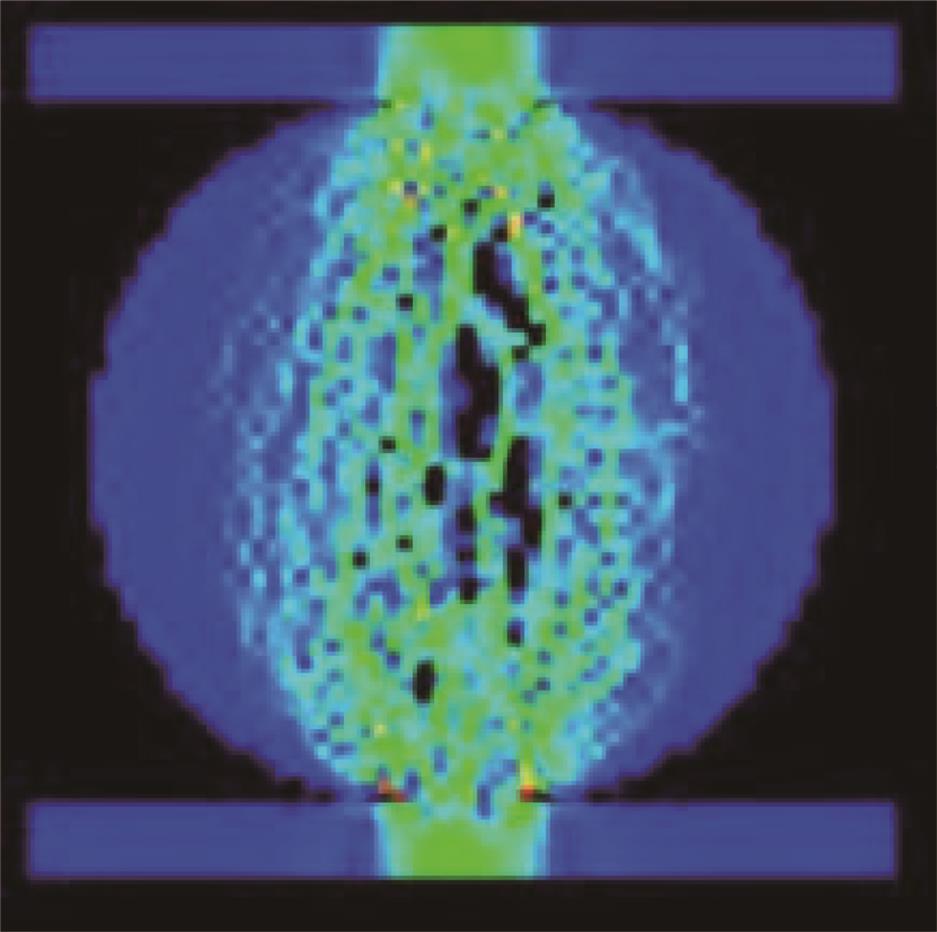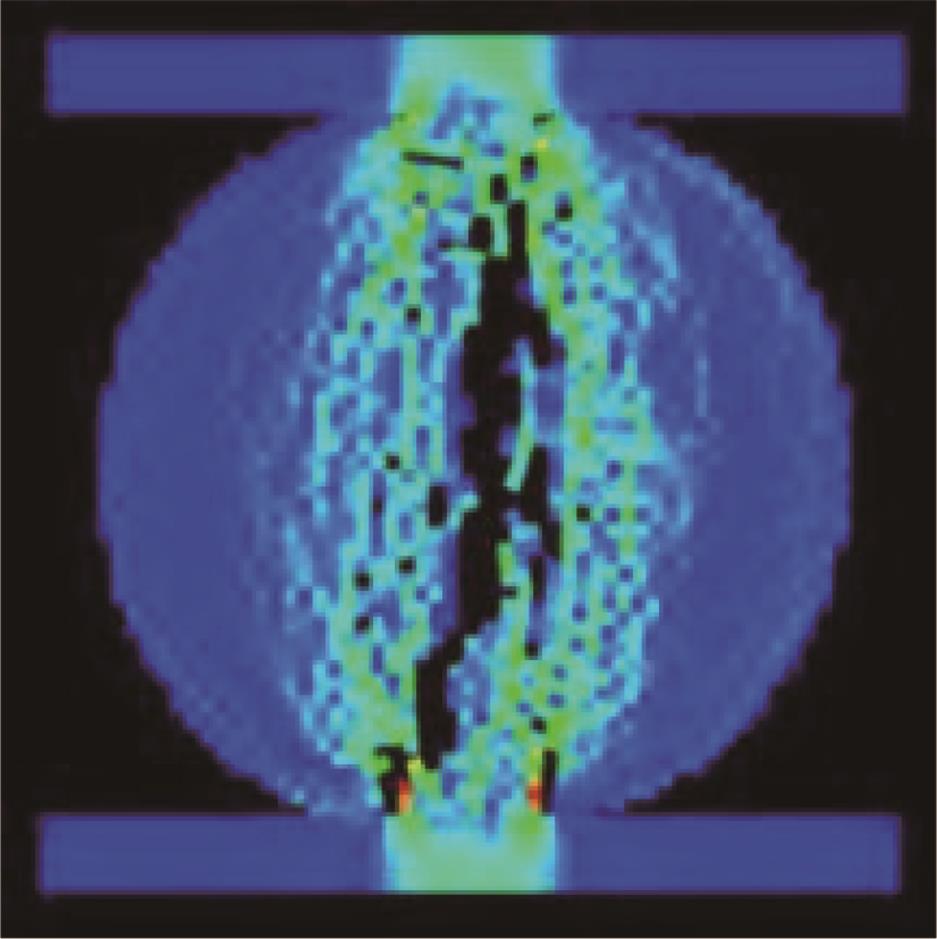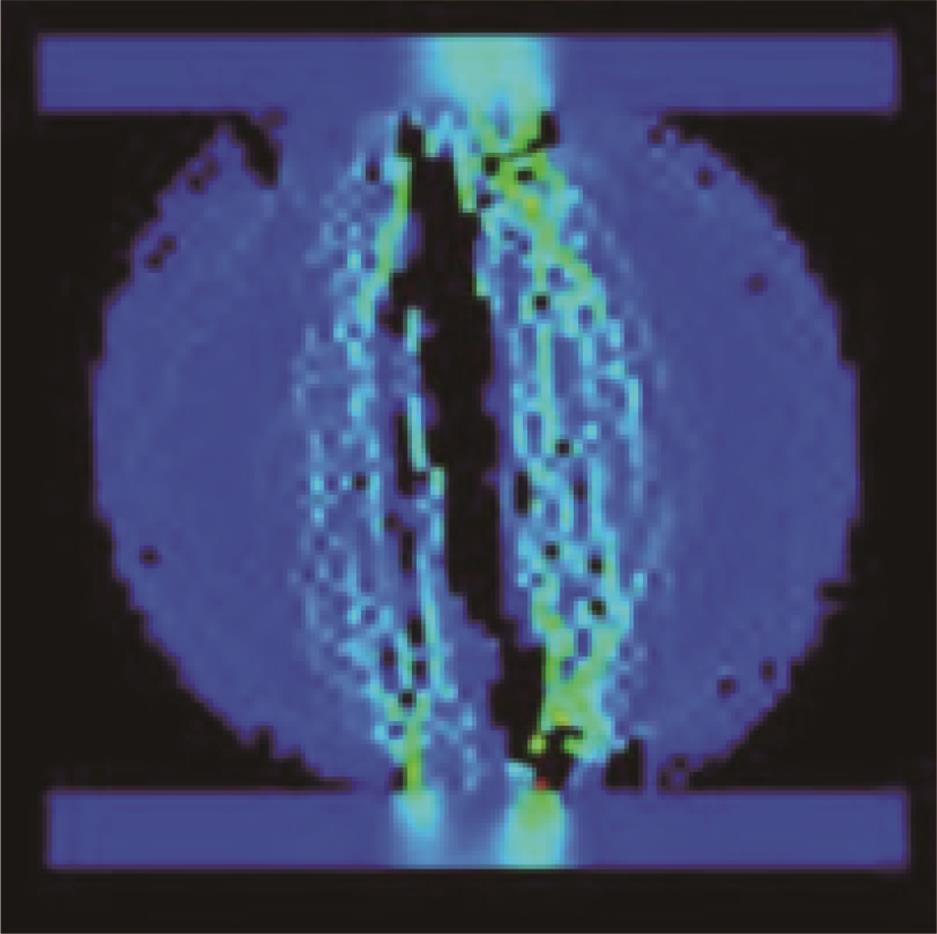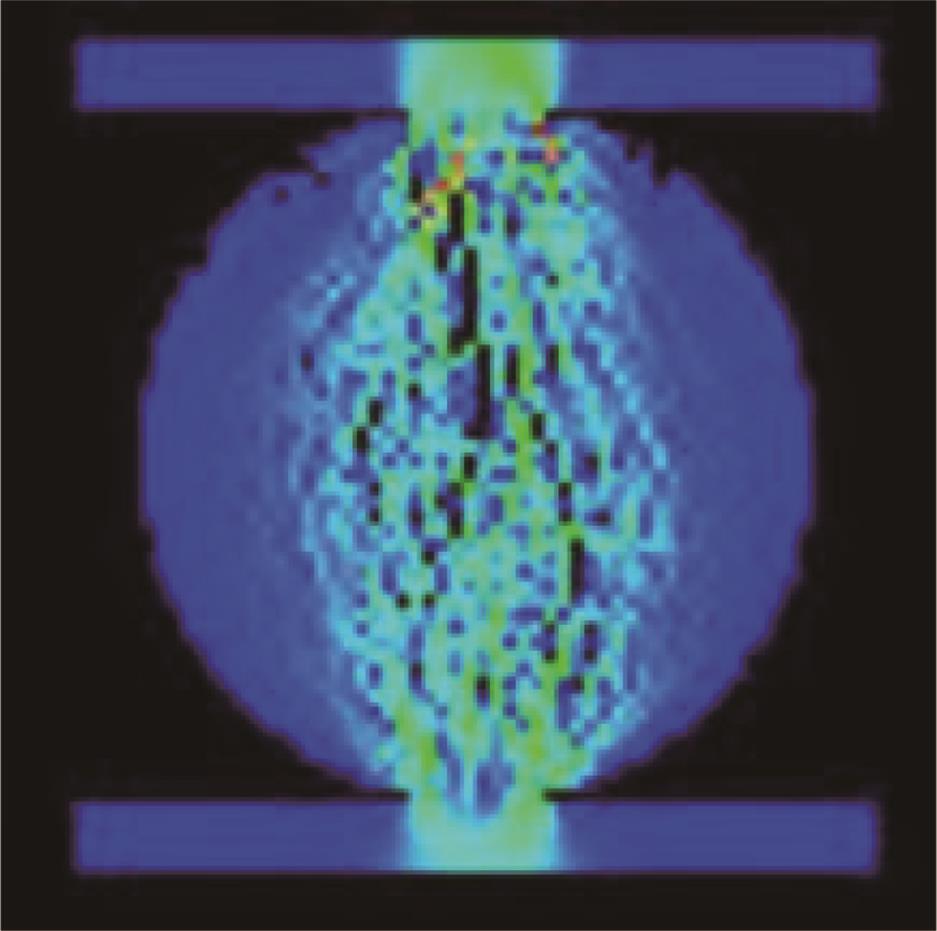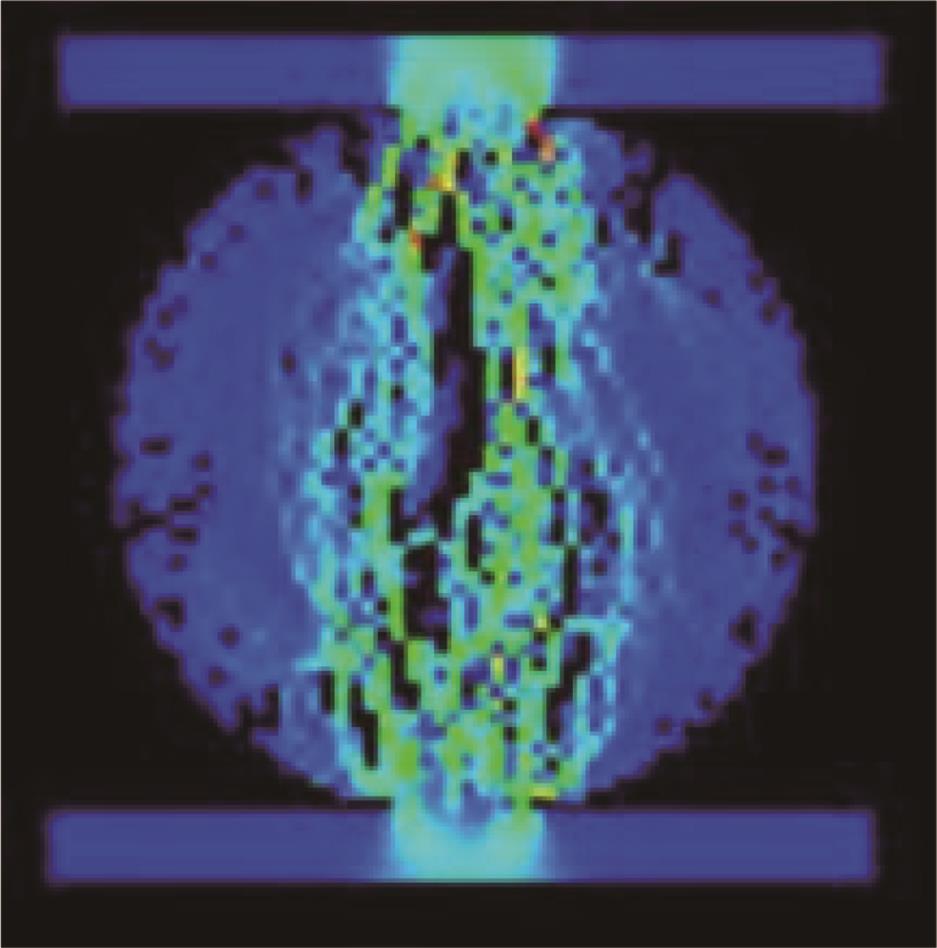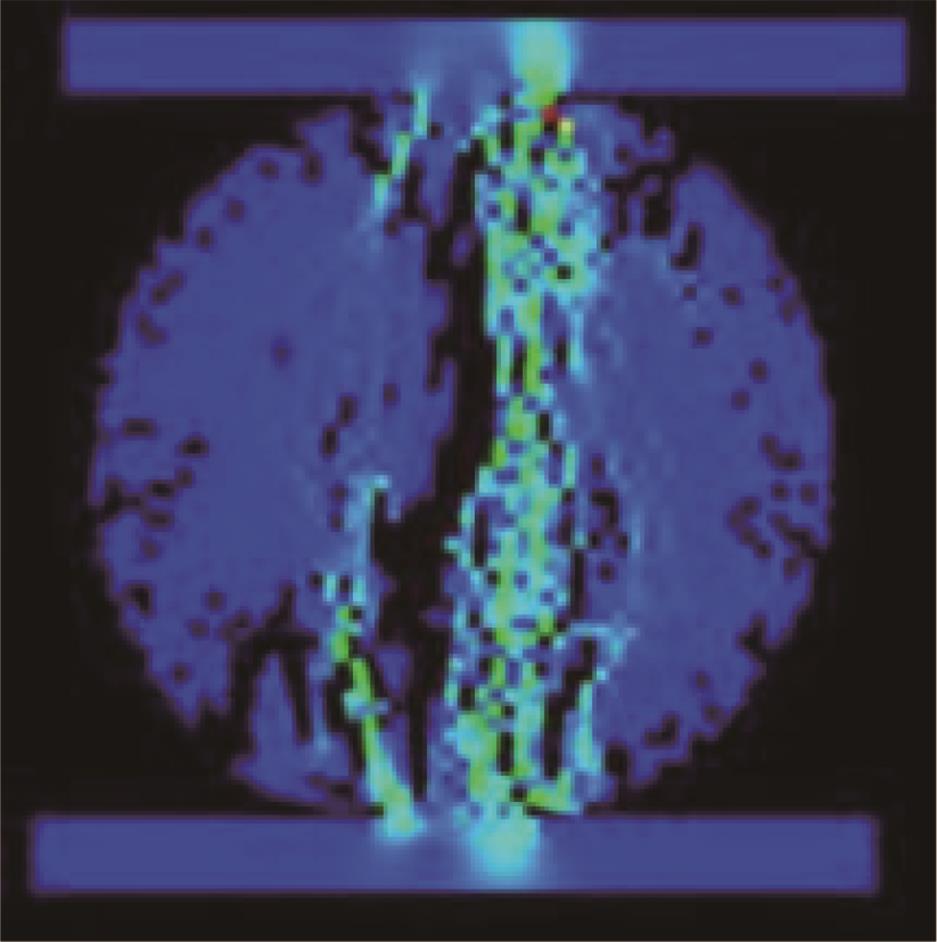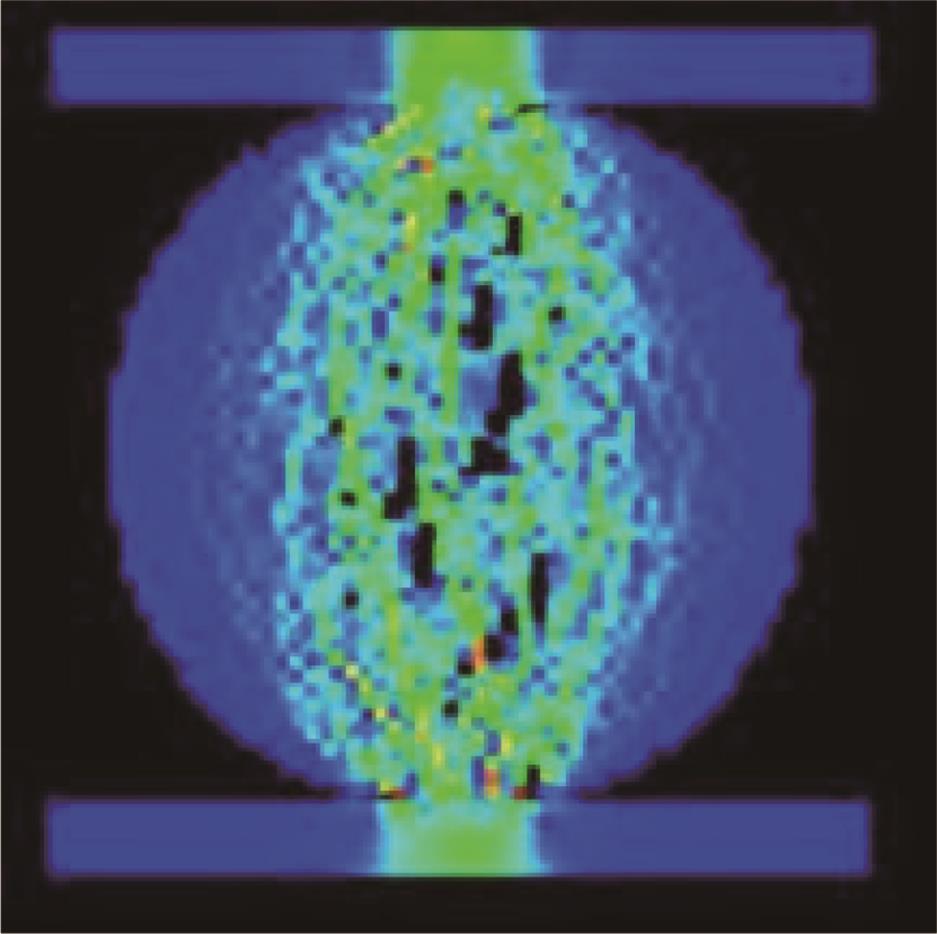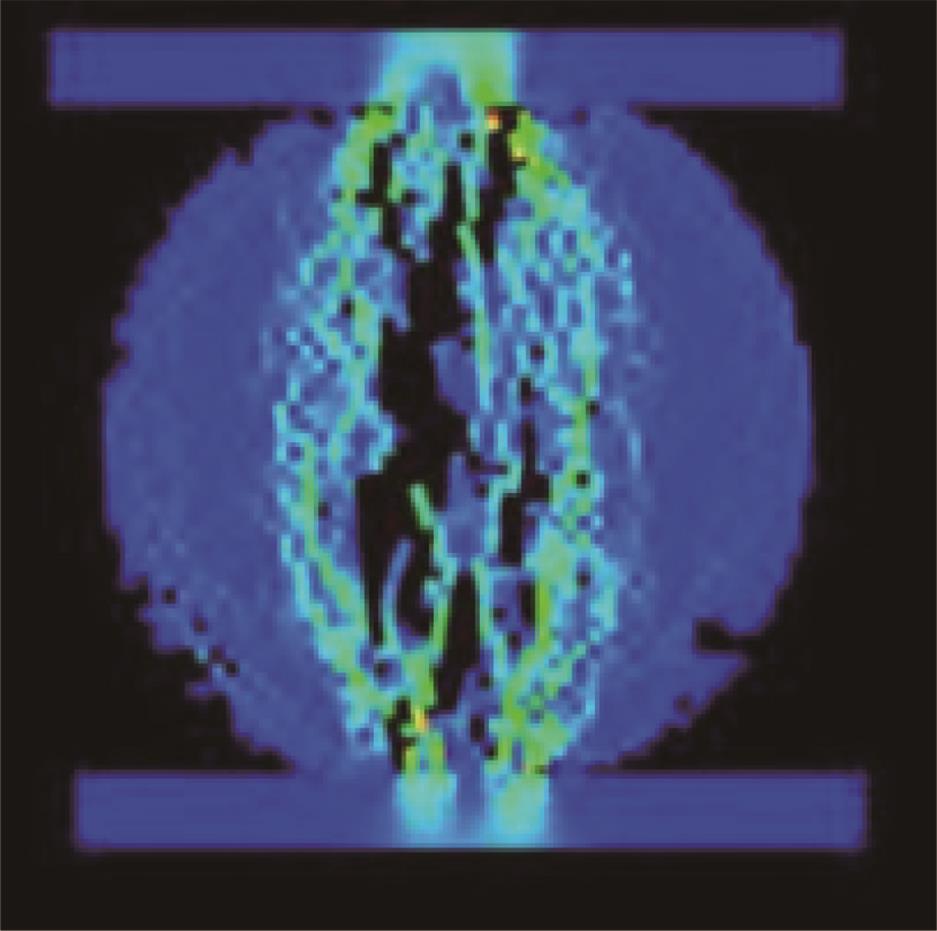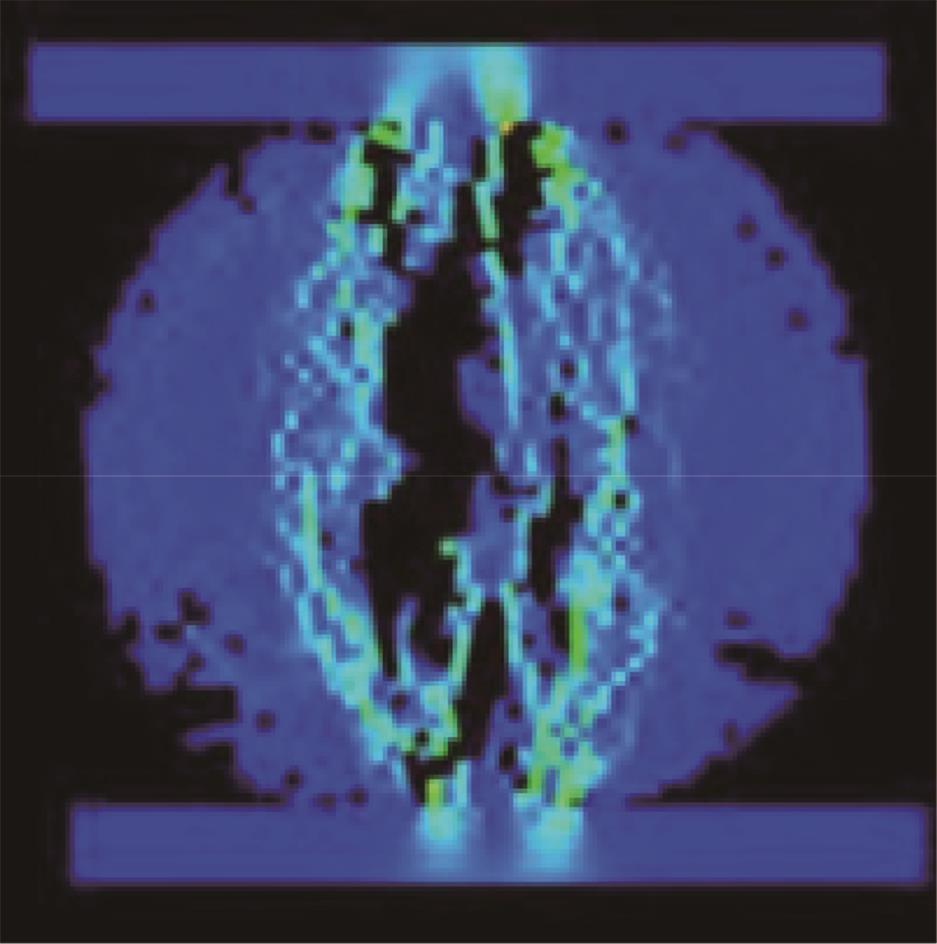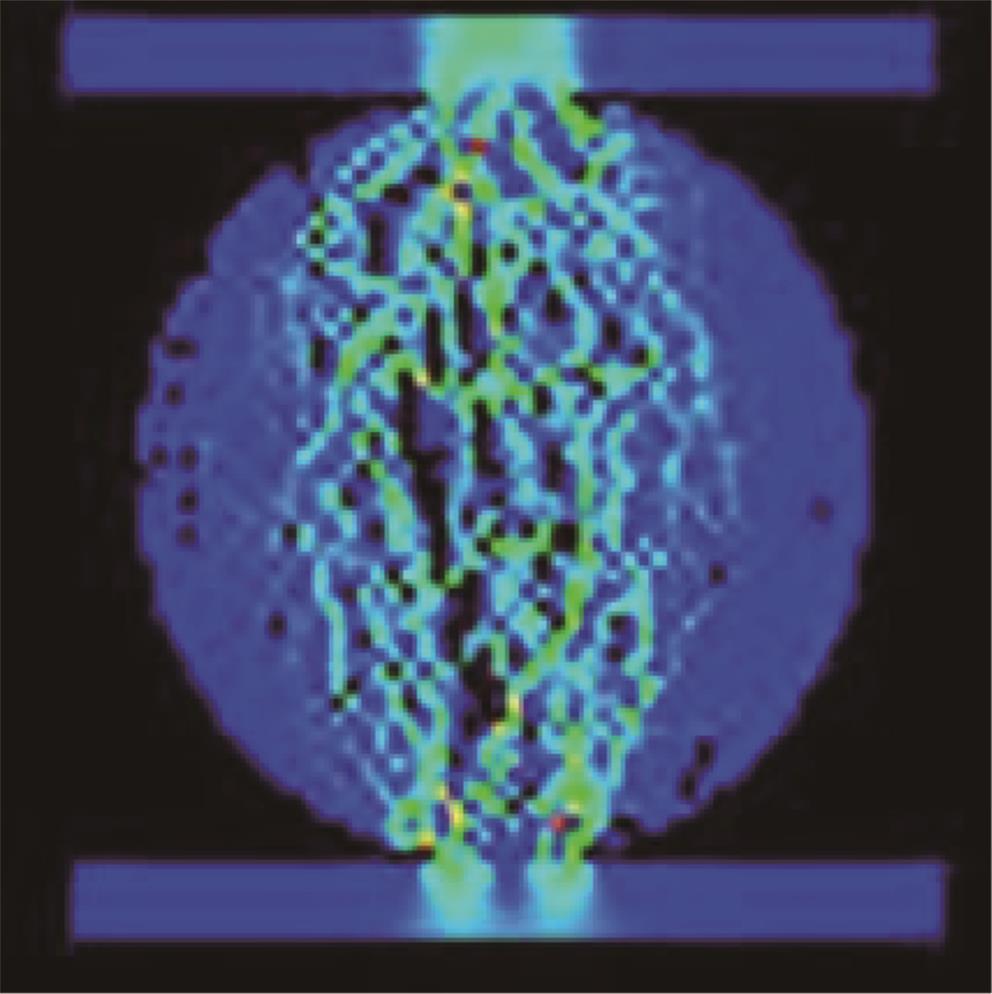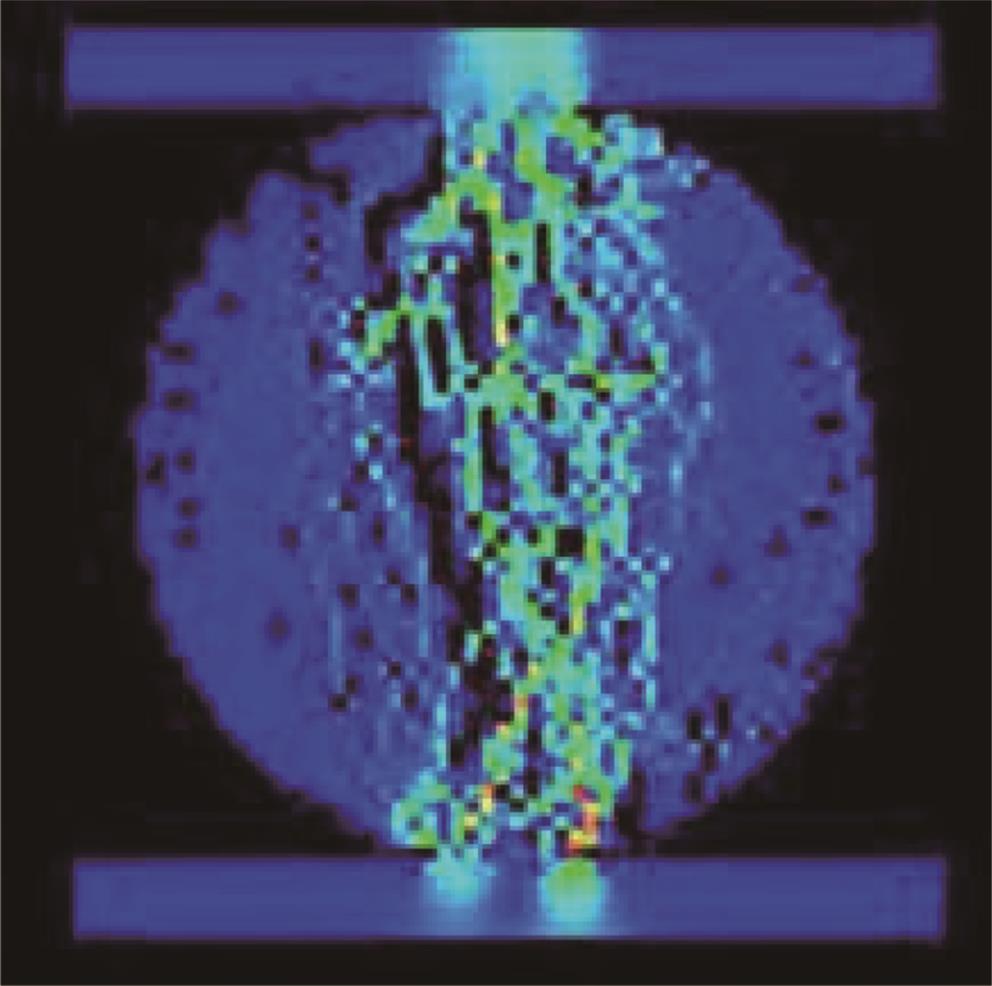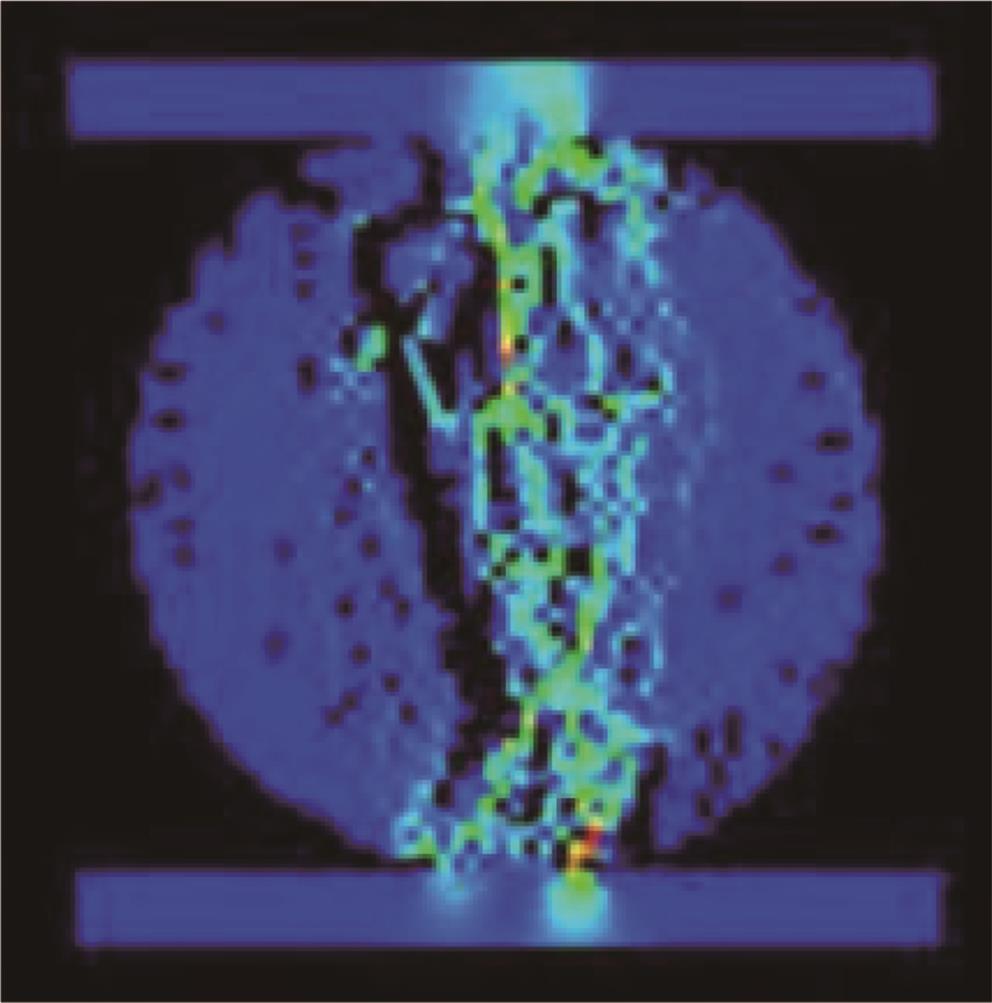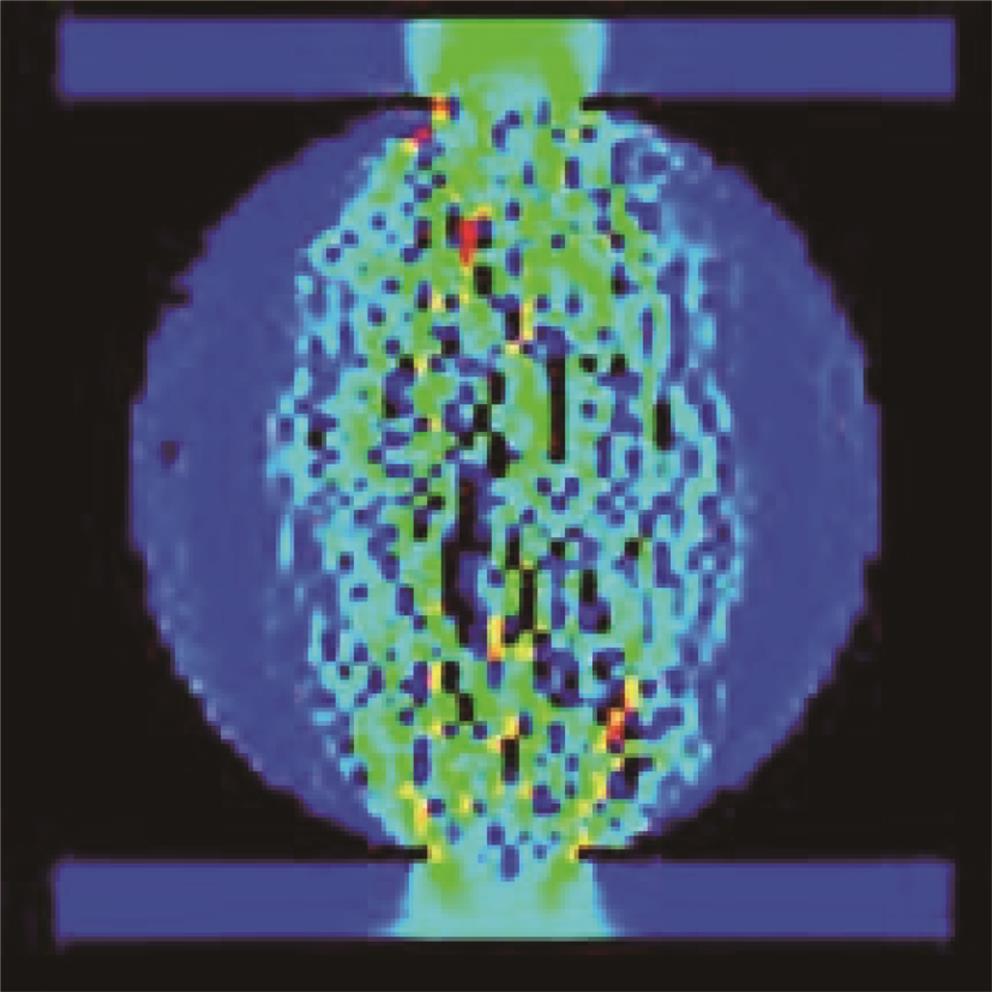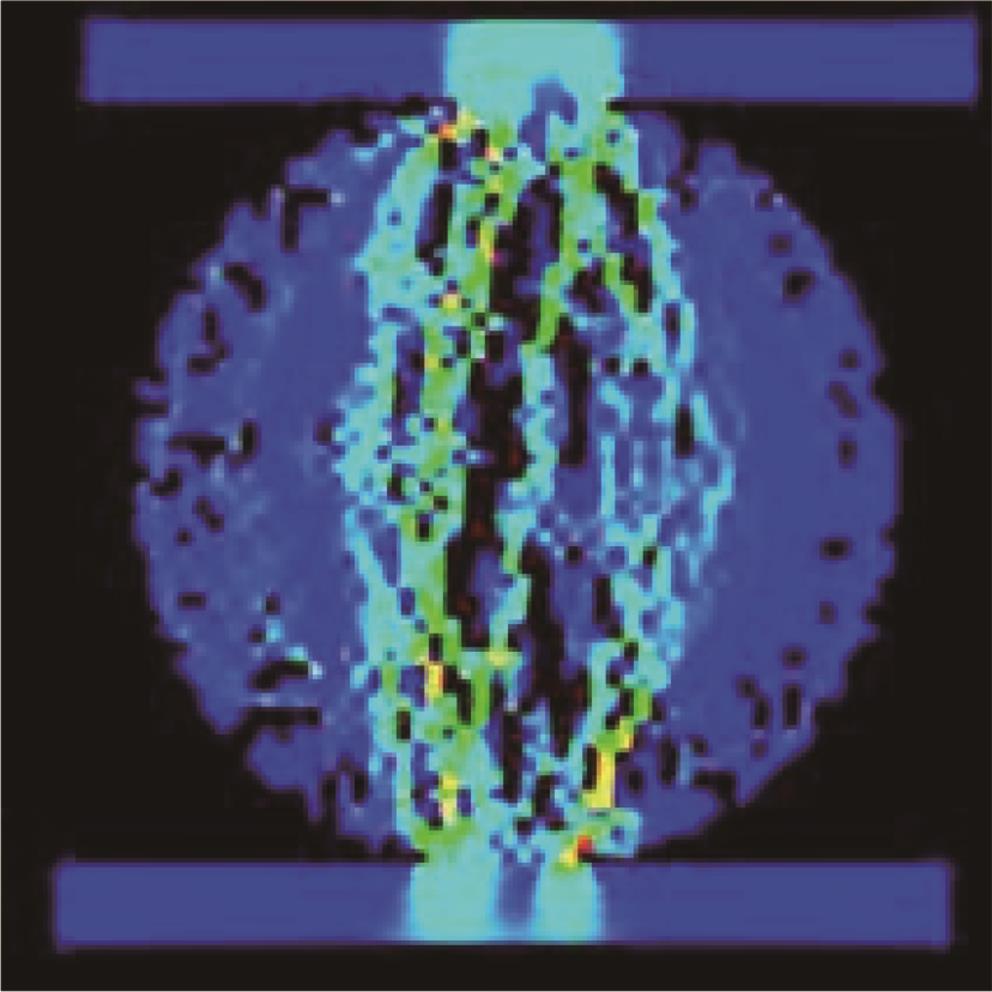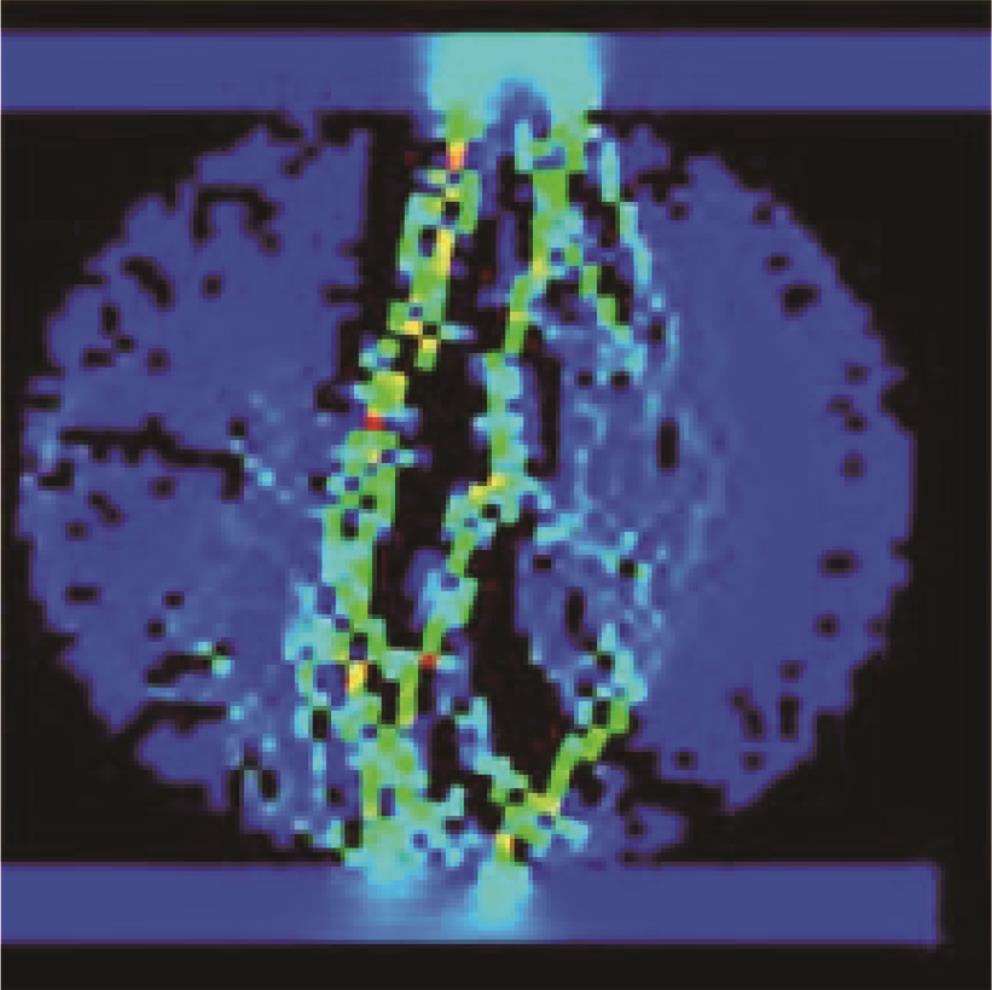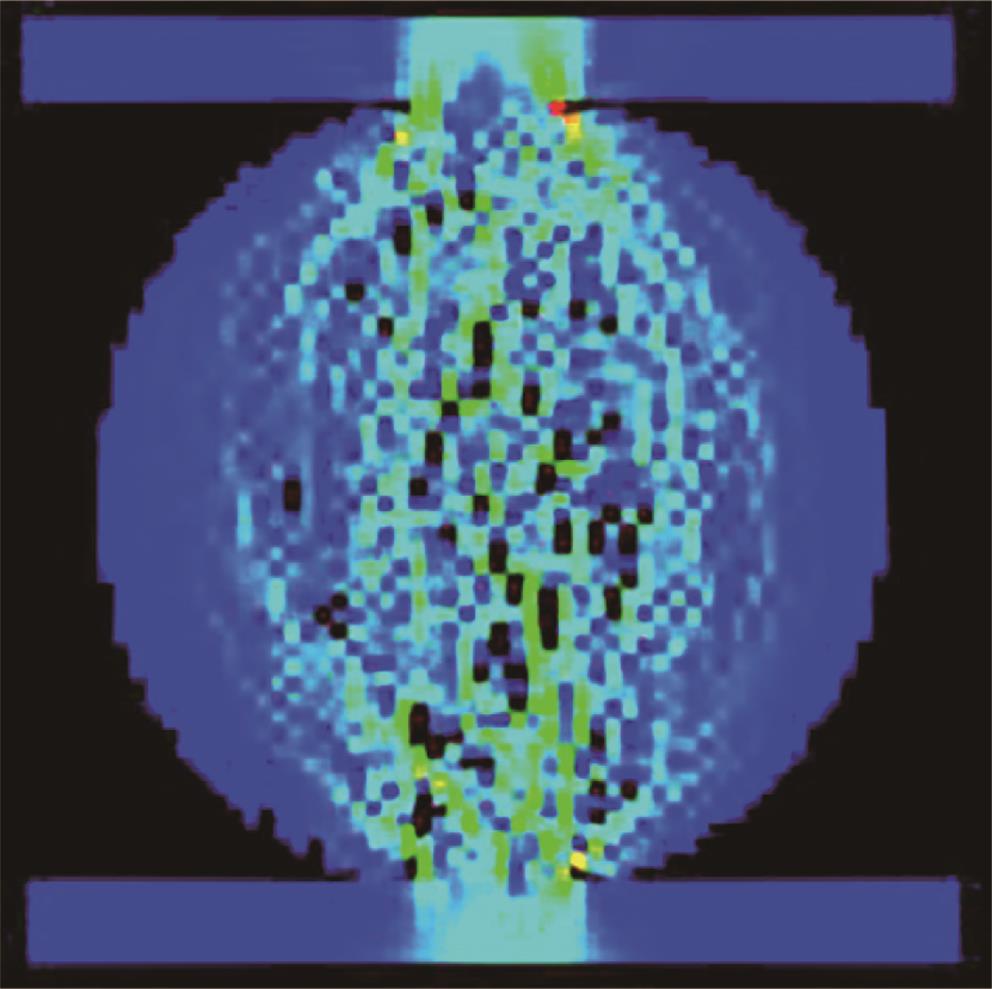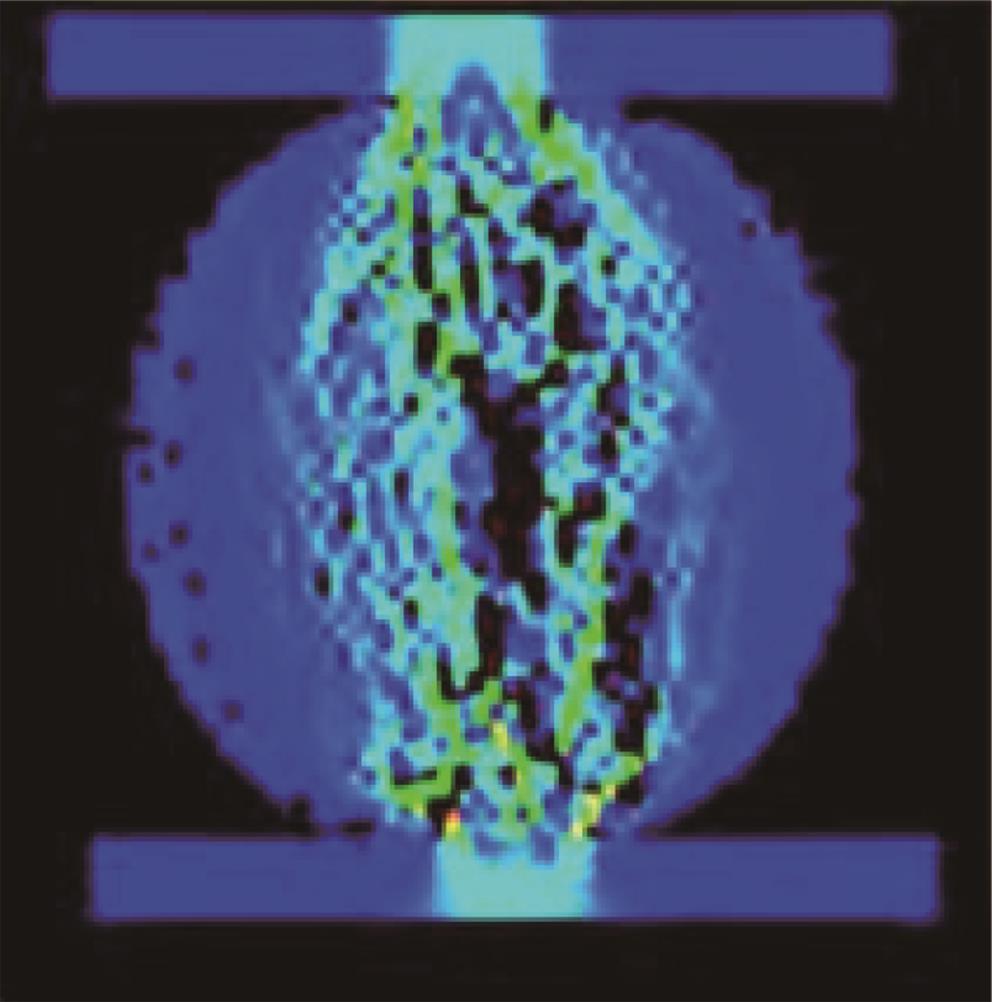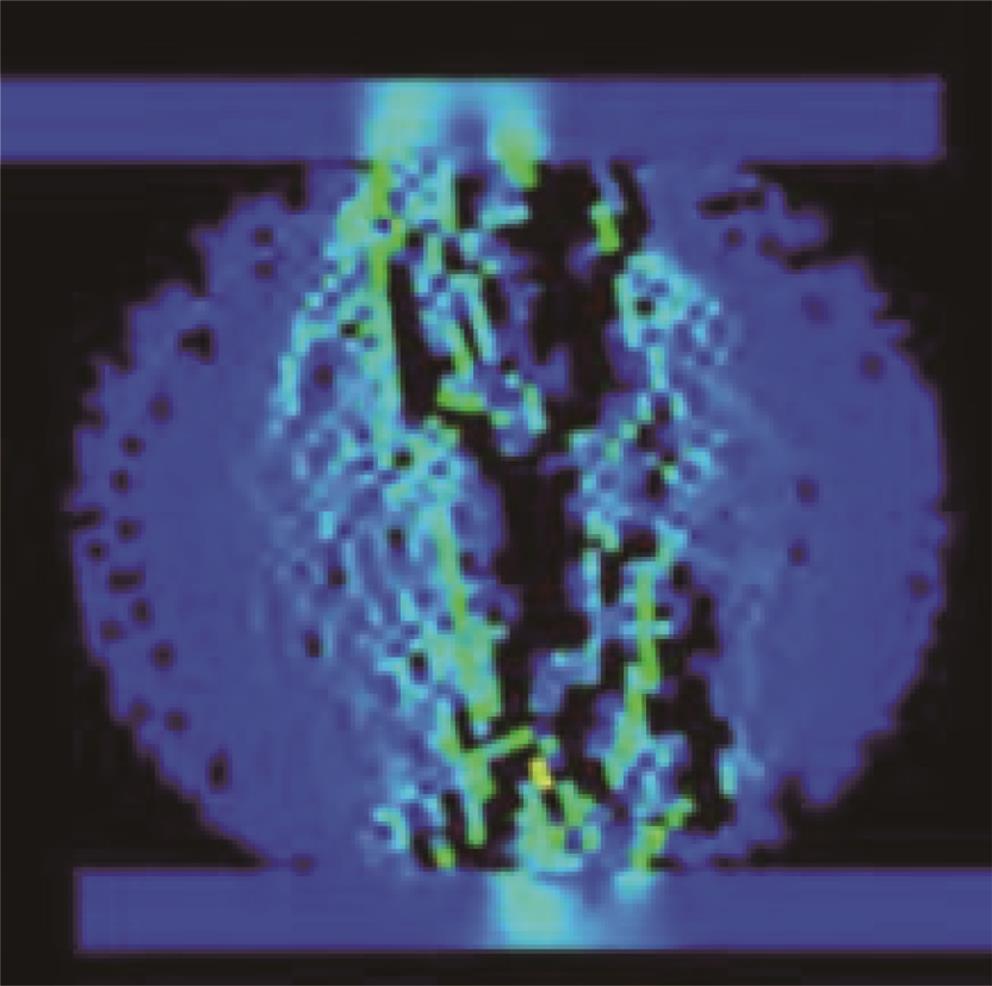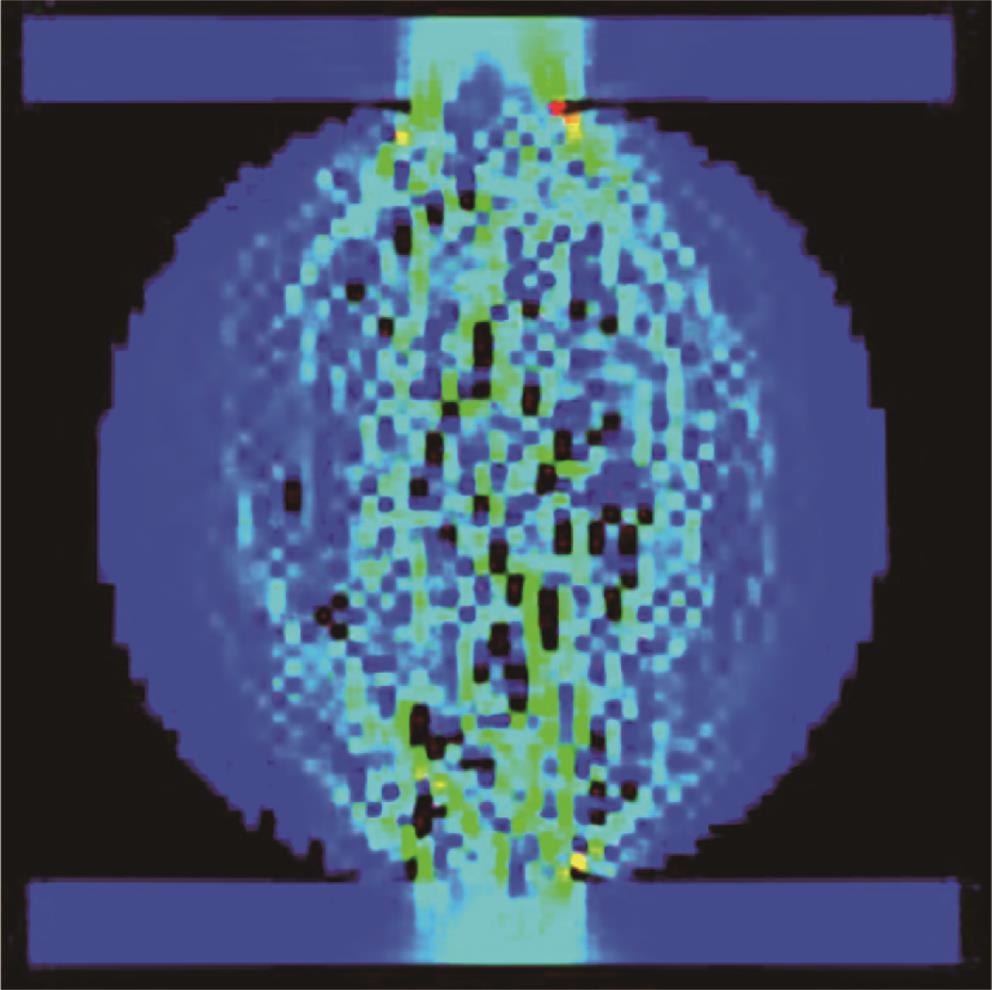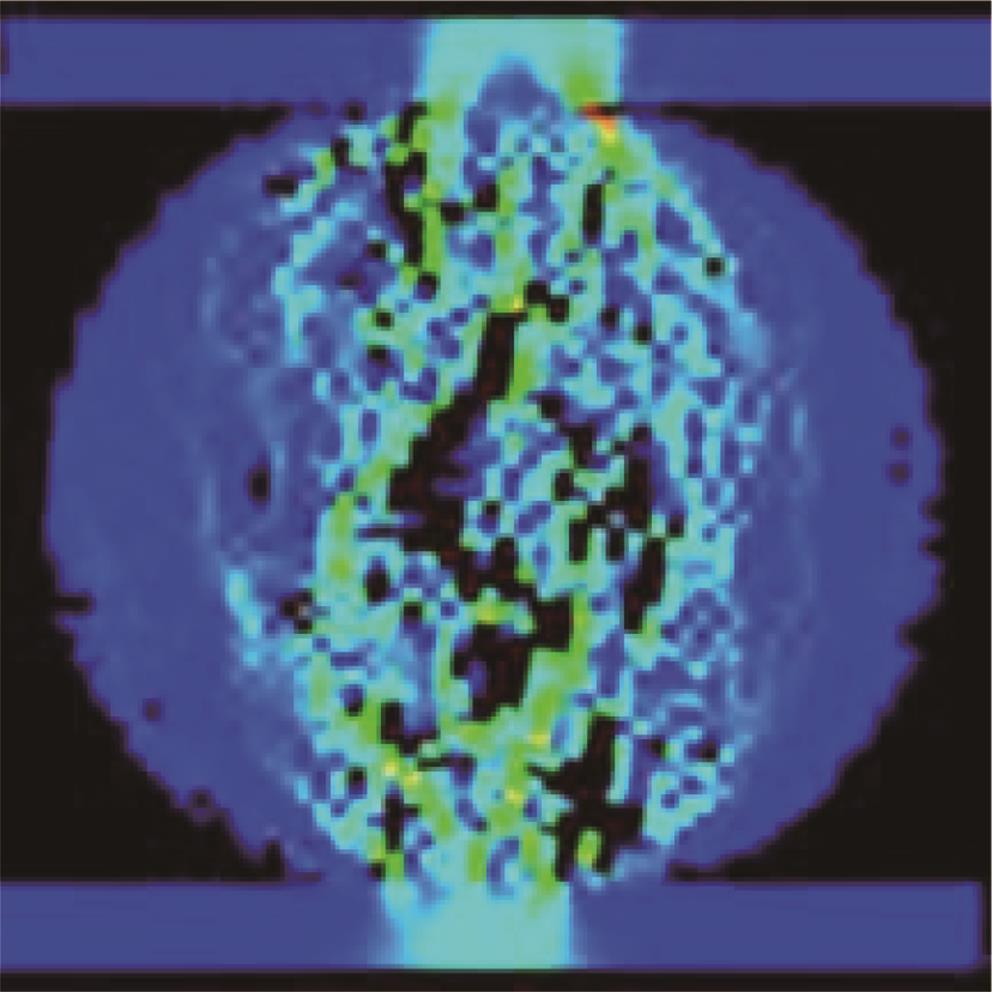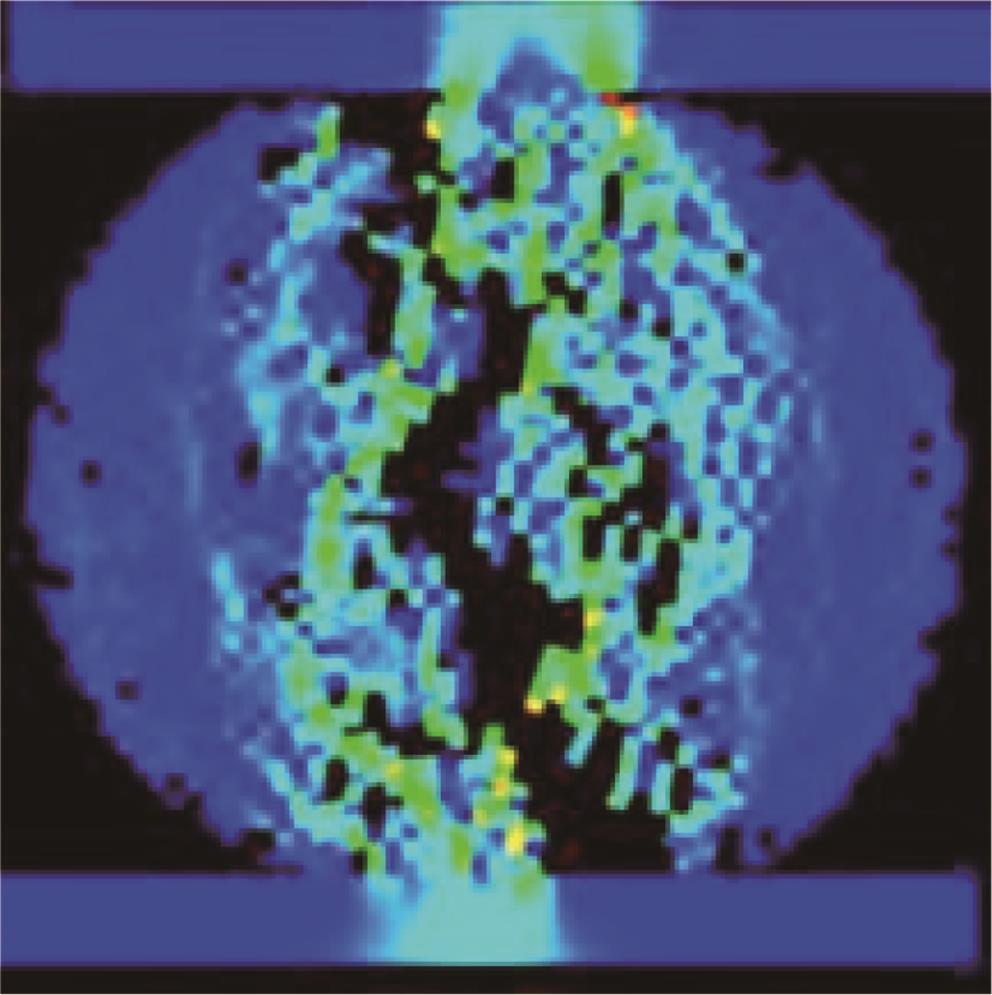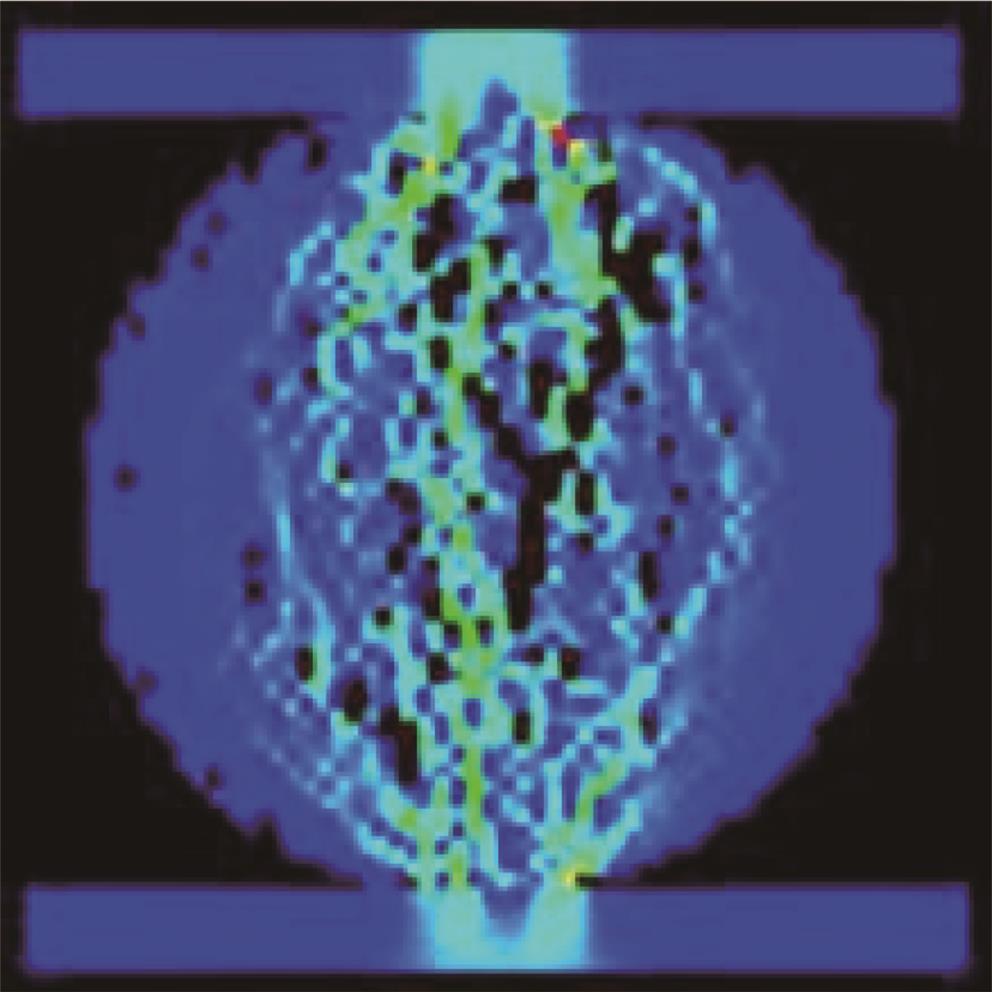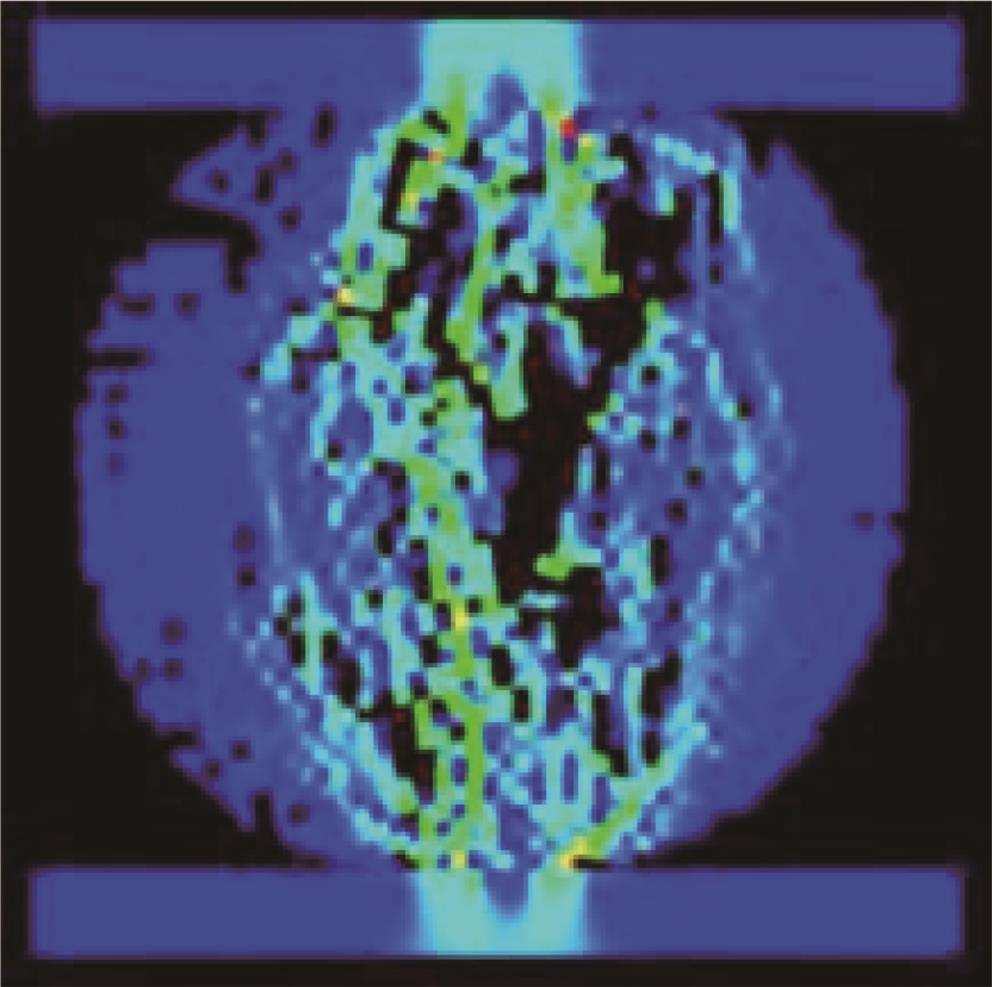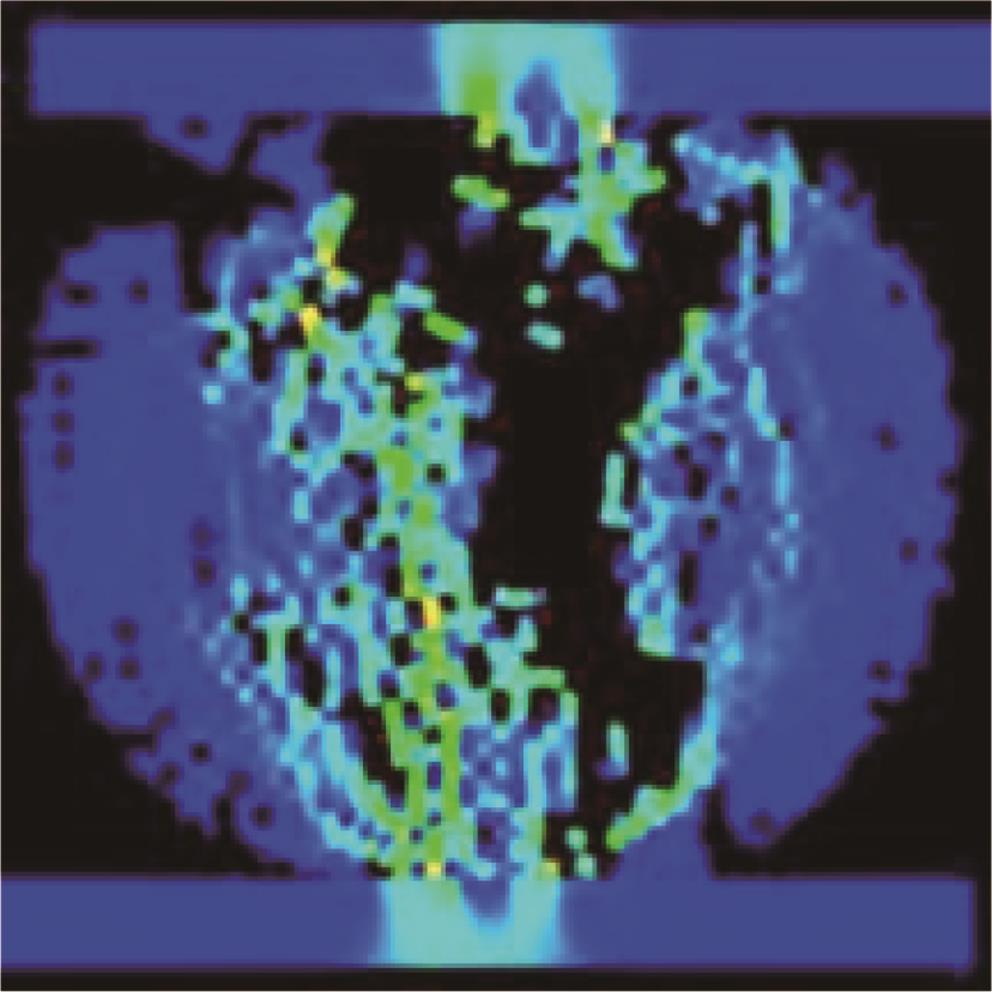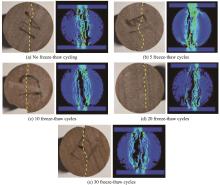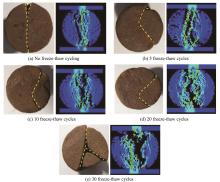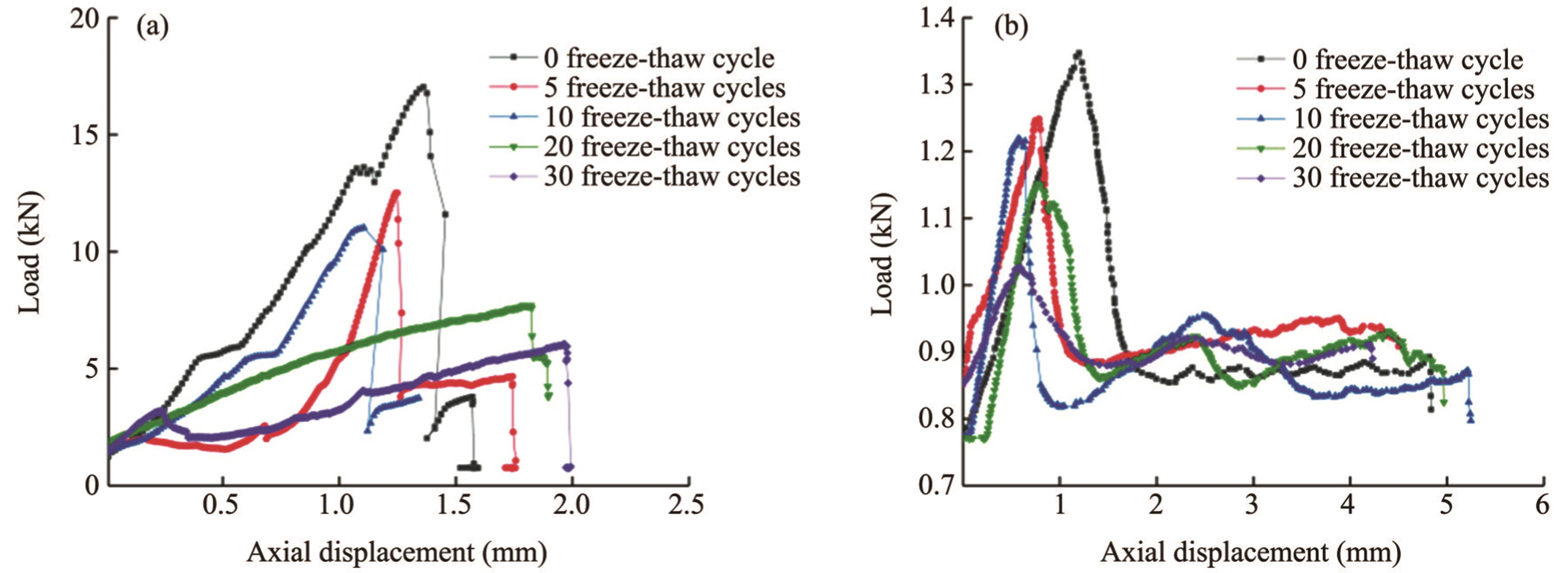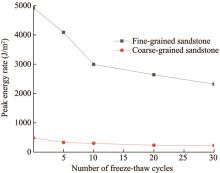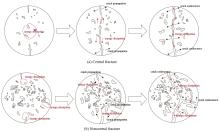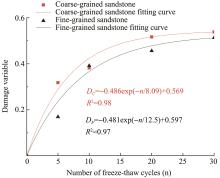Sciences in Cold and Arid Regions ›› 2021, Vol. 13 ›› Issue (5): 379–393.doi: 10.3724/SP.J.1226.2021.20097.
• • 上一篇
Study on tensile damage characteristics of sandstone under freeze-thaw cycles
Hui Liu1,YeHui Yun1,Long Jin2,JiangHao Lin1,Yao Zhang1,Yong Luo1,JianXi Ren1( )
)
- 1.College of Architecture and Civil Engineering, Xi'an University of Science and Technology, Xi'an, Shaanxi 710054, China
2.CCCC First Highway Consultants Co. LTD, Xi'an, Shaanxi 710075, China
|
Altindag R, Alyildiz IS, Onargan T, 2004. Mechanical properties degradation of ignimbrite subjected to recurrent freeze-thaw cycles. International Journal of Rock Mechanics and Mining Sciences, 41(6): 1023-1028. DOI: 10.1016/j.ijrmms.2004.03.005.
doi: 10.1016/j.ijrmms.2004.03.005 |
|
|
Basu A, Mishra A, Roychowdhury K, 2013. Rock failure modes under uniaxial compression, Brazilian, and point load tests. Bulletin of Engineering Geology and the Environment, 72(3-4): 457-475. DOI: 10.1007/s10064-013-0505-4.
doi: 10.1007/s10064-013-0505-4 |
|
| Cai MF, He MC, Liu DY, 2013. Rock mechanics and engineering, Second edition. Beijing: Science Press. (in Chinese) | |
|
Hou P, Gao F, Yang YG, et al., 2016. Study on bedding effect and energy analysis of Brazilian splitting failure of black shale. Chinese Journal of geotechnical engineering, 38(5): 930-937. DOI: 10.11779/CJGE201605020. (in Chinese)
doi: 10.11779/CJGE201605020. |
|
|
Karaca Z, Deliormanli AH, Elci H, et al., 2010. Effect of freeze-thaw process on the abrasion loss value of stones. International Journal of Rock Mechanics and Mining Sciences, 47(7): 1207-1211. DOI: 10.1016/j.ijrmms.2010.07.003.
doi: 10.1016/j.ijrmms.2010.07.003 |
|
| Kang JH, 2020. Analysis of failure mode and stability influencing factors of anti dip high slope. M.S. Thesis, Xihua University. (in Chinese) | |
|
Liu YS, Fu HL, Rao JY, et al., 2011. Experimental study on Brazilian splitting of slate anisotropy under the influence of different bedding orientations. Journal of Rock Mechanics and Engineering, 31(4): 785-791.DOI: 10.3969/j.issn.1000-6915.2012.04.018. (in Chinese)
doi: 10.3969/j.issn.1000-6915.2012.04.018. |
|
|
Lai YM, Zhang SM, Yu WB, 2012. A new structure to control frost boiling and frost heave of embankments in cold regions. Cold Regions Science and Technology, 79(80): 53-66. DOI: 10.1016/j.coldregions.2012.04.002.
doi: 10.1016/j.coldregions.2012.04.002 |
|
|
Liu H, Yang GS, Jia HL, et al., 2016. Experimental study on the change of rock microstructure during the process of fracture (pore) water freezing. Journal of Rock Mechanics and Engineering, 35(12): 2516-2524. DOI: 10.13722/j.cnki.jrme.2016.0906. (in Chinese)
doi: 10.13722/j.cnki.jrme.2016.0906. |
|
|
Mustafa F, Ismail I, 2015. Effects of the Freeze-Thaw (F-T) cycle on the andesitic rocks (Sille-Konya/Turkey) used in construction building. Journal of African Earth Sciences, 109: 96-106. DOI: 10.1016/j.jafrearsci.2015.05.006.
doi: 10.1016/j.jafrearsci.2015.05.006 |
|
| Mao RR, 2018. Study on tensile properties and damage fracture mechanism of coal measures sandstone under high strain rate. Ph.D. Thesis, China University of Mining and Technology. (in Chinese) | |
|
Nova R, Zaninetti A, 1990. An investigation into the tensile behaviour of a schistose rock. International Journal of Rock Mechanics and Mining Science & Geomechanics Abstracts, 27(4): 231-242. DOI: 10.1016/0148-9062(90)90526-8.
doi: 10.1016/0148-9062(90)90526-8 |
|
|
Niu XM, Tang SH, Su W, 2012. Study on physical and mechanical characteristics of rock mass of Tibet Yulong Copper Mine under freeze-thaw cycles. Mining Research and Development, 32(5): 53-56. DOI: 10.13827/j.cnki.kyyk. 2012.05.020.(in Chinese)
doi: 10.13827/j.cnki.kyyk. 2012.05.020. |
|
|
Qi Q, Bao H, Yan CG, et al., 2019. Failure characteristics of biotite quartz schist in Brazilian splitting test. Journal of Sanxia University (Natural Science Edition), 41(6): 65-70. DOI: 10.13393/j.cnki.issn.1672-948X.2019.06.013. (in Chinese)
doi: 10.13393/j.cnki.issn.1672-948X.2019.06.013. |
|
|
Walbert C, Eslami J, Beaucour AL, et al., 2015. Evolution of the mechanical behaviour of limestone subjected to freeze-thaw cycles. Environmental Earth Sciences, 74: 6339-6351. DOI: 10.1007/s12665-015-4658-2.
doi: 10.1007/s12665-015-4658-2 |
|
|
Wang P, Xu J, Liu S, et al., 2016. Static and dynamic mechanical properties of sedimentary rock after freeze-thaw or thermal shock weathering. Engineering Geology, 210: 148-157. DOI: 10.1016/j.enggeo.2016.06.017.
doi: 10.1016/j.enggeo.2016.06.017 |
|
|
Wang H, Li Y, Cao SG, et al., 2020. Experimental study on fracture characteristics of layered Shale Based on Brazilian splitting experiment. Journal of mining and safety engineering, 37(3): 604-612. DOI: 10.13545/j cnki.jmse.2020.03. 020. (in Chinese)
doi: 10.13545/j cnki.jmse.2020.03. 020. |
|
| Xu XZ, Wang JC, Zhang LX, 2010. Physics of frozen soil, Second edition. Beijing: Science Press. (in Chinese) | |
|
Xie HP, Li LJ, Ju Y, et al., 2011. Energy analysis for damage and catastrophic failure of rock. Science China Technological Sciences, 54(1): 199-209. DOI: 10.1007/s11431-011-4639-y.
doi: 10.1007/s11431-011-4639-y |
|
|
Yang XK, Xiao JS, Wang Y, 2019. Study on the Brazilian Split Crack Growth of Sandstone. Science and Technology Innovation Review, 16(17): 63-66, 68. DOI: 10.16660/j.cnki. 1674-098X.2019.17.063. (in Chinese)
doi: 10.16660/j.cnki. 1674-098X.2019.17.063. |
|
|
Zhu WC, Tang CA, Yang TH, et.al., 2003. Constitutive relation and verification of (RFPA~(2D)) system for rock fracture process analysis. Journal of rock mechanics and engineering, 22(1): 24-29. DOI: 10.3321/j.issn:1000-6915.2003. 01.004. (in Chinese)
doi: 10.3321/j.issn:1000-6915.2003. 01.004. |
|
|
Zhang SJ, Lai YM, Zhang XF, et al., 2004. Study on the damage propagation of surrounding rock from a cold-region tunnel under freeze-thaw cycle condition. Tunnelling and Underground Space Technology, 19(3): 295-302. DOI: 10.1016/j.tust.2003.11.011.
doi: 10.1016/j.tust.2003.11.011 |
|
|
Zhang HM, Yang GS, 2012. Experimental study on freeze-thaw cycles and tensile properties of rocks. Journal of Xi'an University of Science and Technology, 32(6): 691-695. DOI: 10.13800/j.cnki.xakjdxxb.2012.06.003. (in Chinese)
doi: 10.13800/j.cnki.xakjdxxb.2012.06.003. |
|
|
Zhang HM, Yang GS, 2013. Effects of moisture and freeze-thaw cycles on physical and mechanical properties of red sandstone. Journal of experimental mechanics, 28(5): 635-641. DOI: 10.7520/1001-4888-12-130. (in Chinese)
doi: 10.7520/1001-4888-12-130. |
|
|
Zhu SC, Li JT, 2018. Experimental study on Brazil splitting of stratified tectonic slate under dry and saturated conditions. Journal of Central South University (Science and Technology), 49(8): 2024-2030. DOI: 10.11817/j.issn.1672-7207. 2018.08.024. (in Chinese)
doi: 10.11817/j.issn.1672-7207. 2018.08.024. |
| No related articles found! |
|
||

